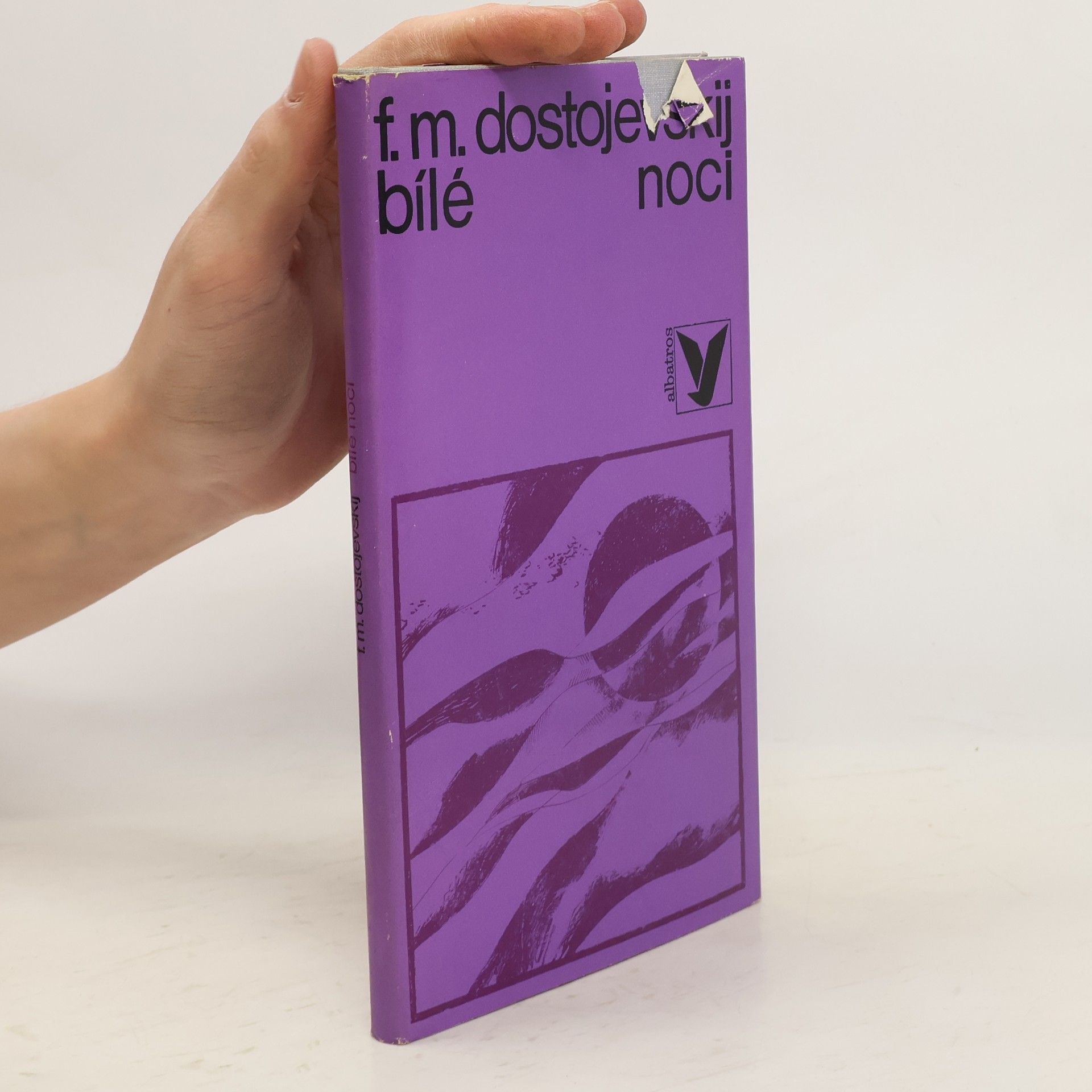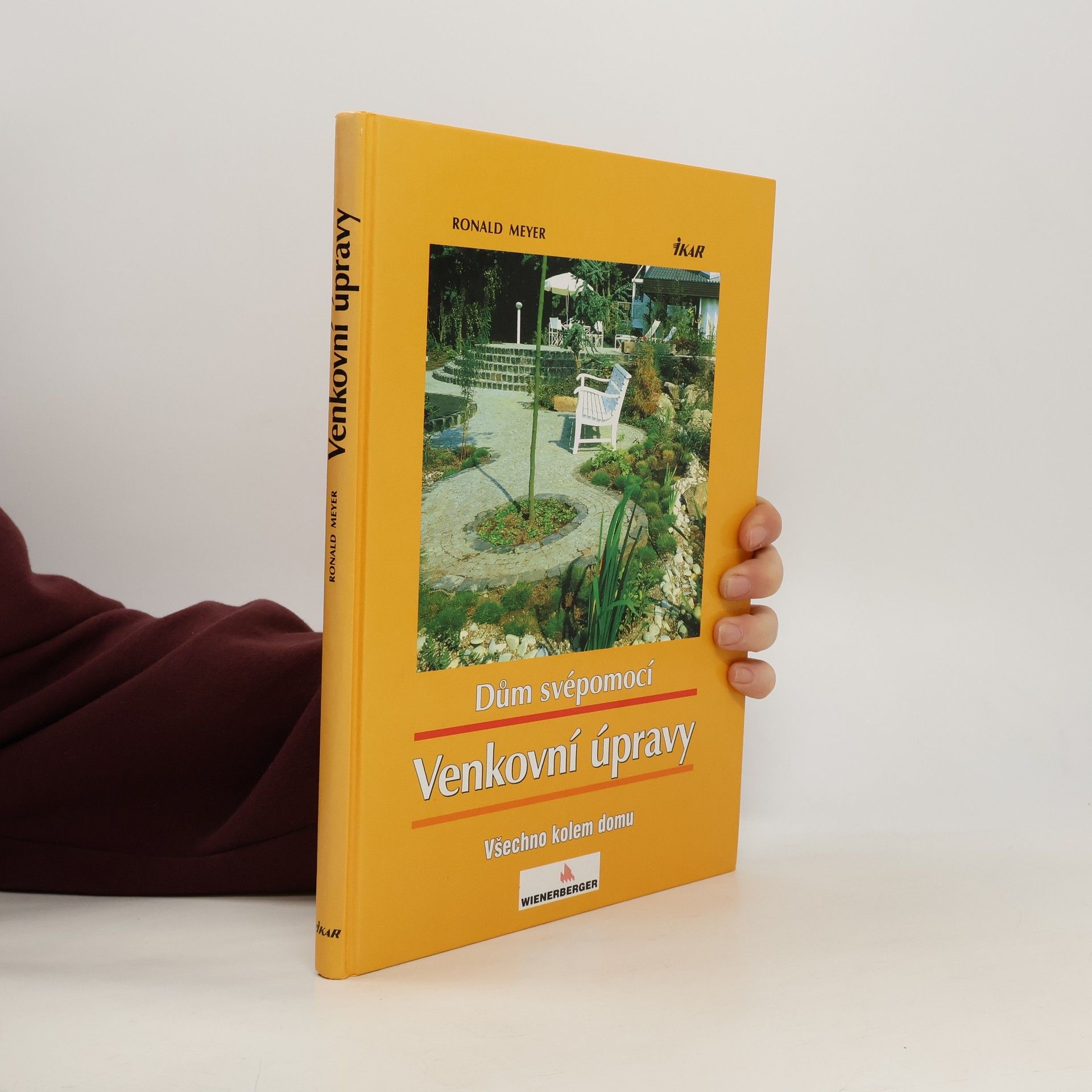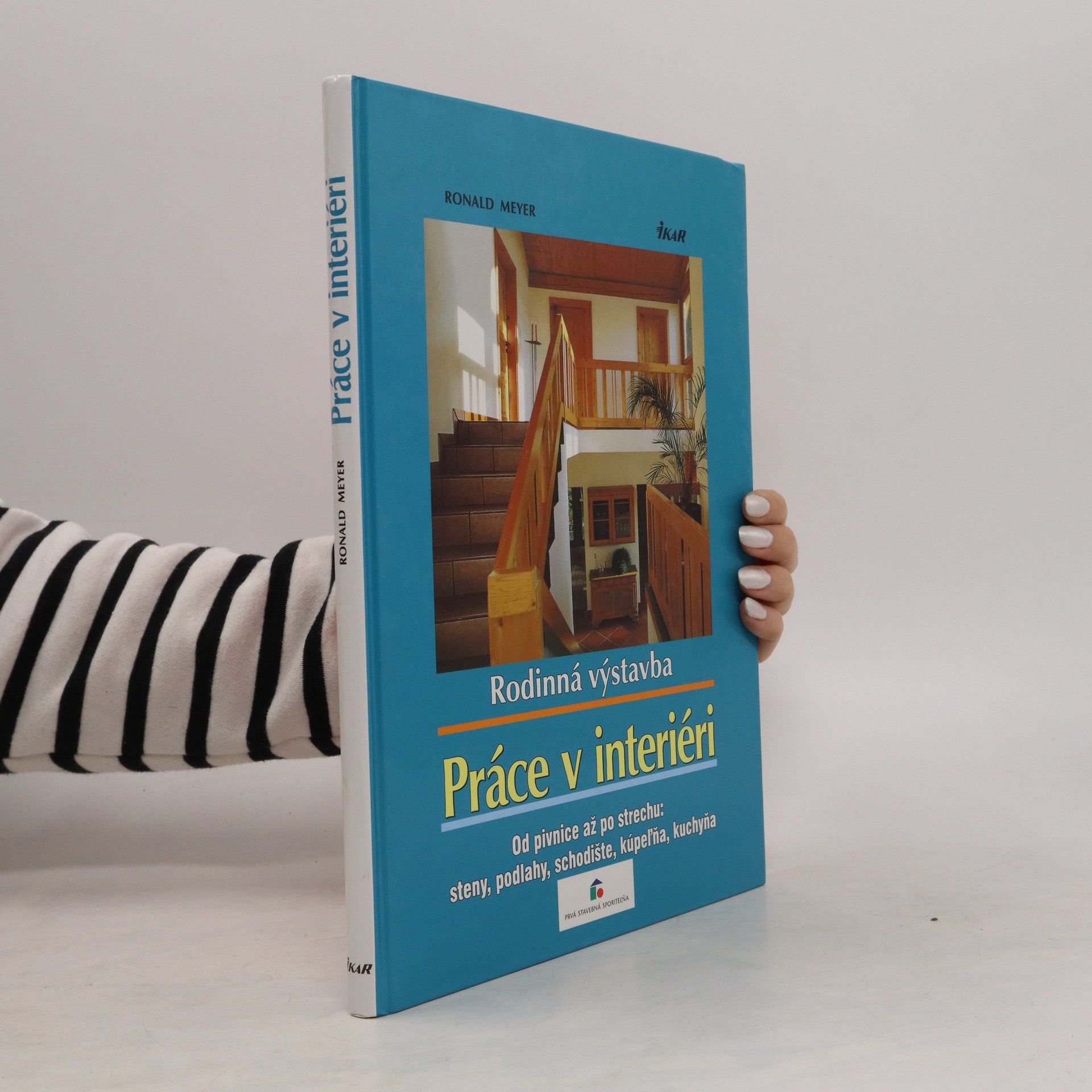Dům svépomocí : hrubá stavba: Od základů po střechu
- 128 stránek
- 5 hodin čtení
Od základů po střechu. Postavit ideální dům svépomocí nemusí být nedostižný sen. I z naprostého laika se může stát úspěšný stavitel. Důležité je, aby měl potřebné informace, a to nejen o nejvýhodnějších stavebních materiálech a pracovních postupech, ale i o třeba tom, kde sehnat kvalitní servisně poradenské služby. Jak postavit železobetonovou zeď? Je lepší strop z dutých panelů nebo filigránový? Jak odborně zabudovat překlady nad okny a dveřmi? Odpovědi a spolu s nimi praktické rady a tipy najdete v této celobarevné publikaci.









